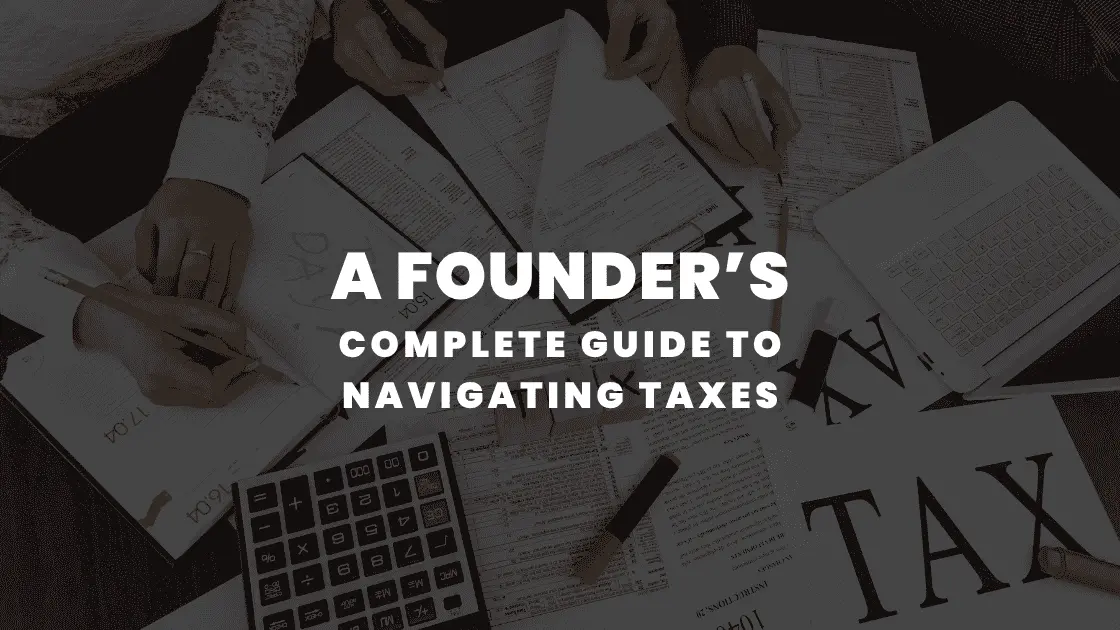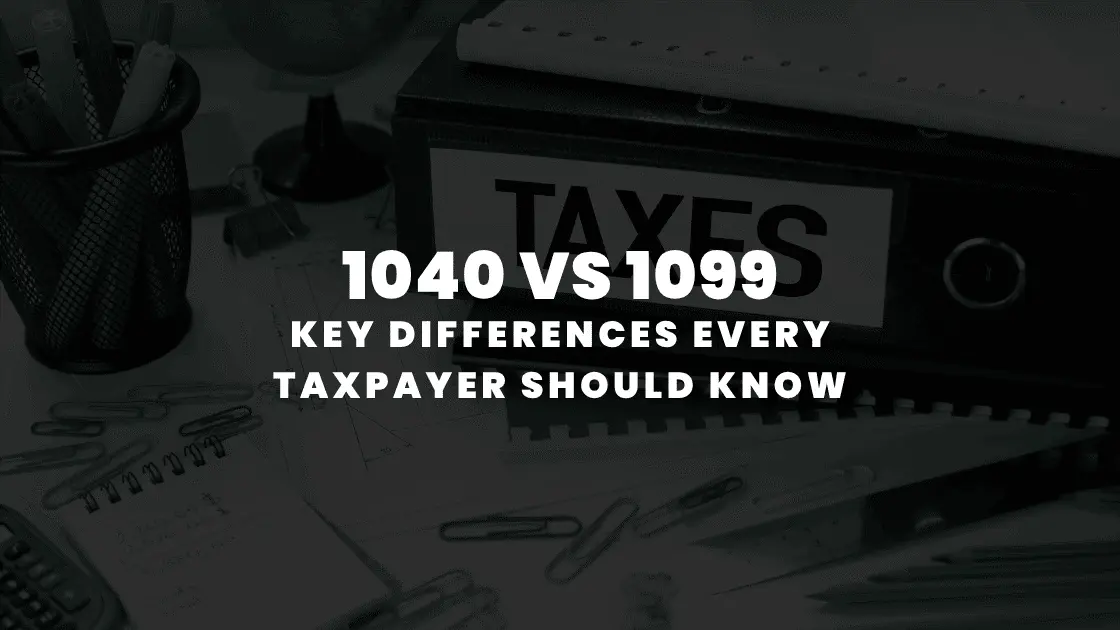December 15 2022 | By Farwah Jafri | 5 minutes Read

Are you a small business dealing in goods and services which are subjected to excise tax, like fishing equipment, gasoline, or air transportation? If the answer is yes, then you must have a pretty good idea of what Form 720 is. You must have filed Form 720 on a quarterly basis in order to pay off your federal excise tax.
Let’s dig in to find out in detail what is Form 720.
Form 720 by IRS is a Quarterly Federal Excise Tax Return. It is a tax form for businesses that sell their services or goods, which are subjected to excise tax.
Form 720 comprises three components: Schedule A, Schedule T, and Schedule C, and a payment voucher (known as Form 720-V).
All the businesses dealing in goods with excise tax are supposed to quarterly file the form and send it to the IRS electronically or by mail.
An excise tax is one that the federal government imposes on a certain kind of goods or services which are manufactured in or are imported into the United States of America.
Businesses whose operations involve the following categories are subjected to paying excise tax:
– Automobile fuel
– Alcohol
– Airline tickets
– Bows and arrows
– Business telephone lines
– Crude oil
– Petroleum products
– Coal products
– Firearms
– Foreign insurance
– Fishing equipment
– Gambling
– Tires
– Indoor tanning
– Highway usage
– Tobacco products
– Manufacturing
– Health-related services and goods
Excise tax is often referred to as “sin tax.” The state, local or federal governments can impose these taxes. The federal excise taxes are filed and paid through Form 720.
Form 720 lists all the services and products that incur the excise tax. If a business does not deal in any of the mentioned services or products, then there is no need to fill out the tax form.
As per the instructions of the IRS, two other conditions determine that you are liable to fill the Form 720:
– “You were liable to collect the federal excise tax listed on parts I and II of Form 720 for the previous quarter but failed to do so.”
– “You were liable to collect the federal excise tax listed in Form 720’s parts I and II for the current quarter.”
If you have a business that needs to fill the Form 720, then do not stress out, as the tax form is not too complicated.
Have a look at the following steps to fill it out on your own:
Before getting your hands on filling the Form 720, it is important to gather all the important documents in your hand. You might need to fill in the information about the inventory, units, total sales, and other important business metrics; therefore, they must be in one place for your ease.
Once all the documents are in your hand, you must start filling out Form 720. Enter your basic information such as
– Name
– Address
– Employee Identification Number (EIN)
Now you need to fill in Part I of Form 720 if the business owes any of the following taxes:
– Fuel tax
– Environmental tax
– Retail tax
– Communication and air transportation tax
– Foreign insurance tax
– Ship passenger tax
– Manufacturer’s tax
The form will provide you detailed look of what are the services and products that fall under these categories.
For more information, check out the instructions for IRS form 720.
If a business owes any of the taxes from Part I, then they are liable to fill out Schedule A as well. This is where you are supposed to fill out the information regarding the net tax liability for the semi-monthly period later on combined to calculate the total liability.
Similarly, to Part I, this part also provides a list of services and products that may owe excise taxes such as:
– Electric outboard motors
– Sport fishing equipment
– Specified health insurance policies
– Waterways fuel
– Indoor tanning services
– Bows and arrows.
The rules to fill out Part II are the same as for Part I.
This particular part of the form is only for those businesses that sell or produce any of the following:
– Kerosene
– Diesel
– Gasoline
– Aviation gasoline
Schedule C is the part of the form that lets you know how much you owe to Part I and II of Form 720.
This part claims that the business is producing or selling the fuel produced for foreign trade, farming, or military use.
The IRS instructions state that if you make any claim about any of the above-mentioned usage, then you have to fill out Schedule C with
– The associated tax rate
– The appropriate use-case number
– Dollar amount of the claim
– Number of gallons
In this part; you need to calculate the information that you have filled in the previous sections and enter the total amounts in the mentioned fields.
Lastly, sign the form and mention the date as well. You are ready to send it to the IRS.
IRS Form 720, also known as the Quarterly Federal Excise Tax Return, is a kind of tax form that must be filled by businesses that sell services and goods subject to excise taxes.
You can find the IRS Form 720 on the IRS website easily. You can also hire a tax advisor to help you complete the filing of Form 720. Most of the excise taxes are paid on a semi-monthly basis. Even though the IRS allows you to make delayed payments, it is better to be prepared beforehand to avoid deductions and penalties In the long run.
Read Also: What Does IRS Say About Depreciable & Non-Depreciable Assets
Subscribe for business tips, tax updates, financial fundamentals and more.
MORE BLOGS

Starting a business is exciting, right? There’s innovation, there’s growth potential, and the thrill of building something from scratch. But amid all the planning, entrepreneurs often […]
Learn More →
Starting a business is quite thrilling, until tax season arrives. For founders, understanding the nitty gritty of startup taxation can make a difference between financial efficiency […]
Learn More →
Tax season can be overwhelming, especially when you’re staring at multiple forms with numbers instead of names. Two of the most common, and often misunderstood, are […]
Learn More →